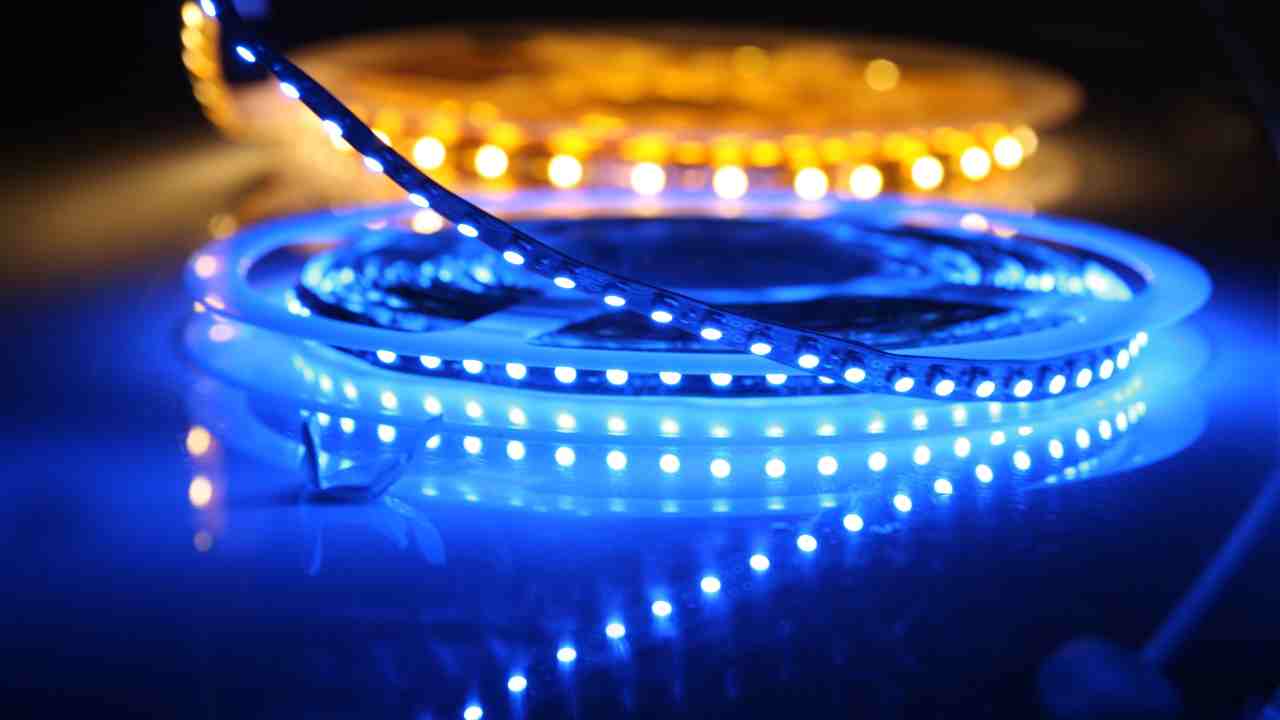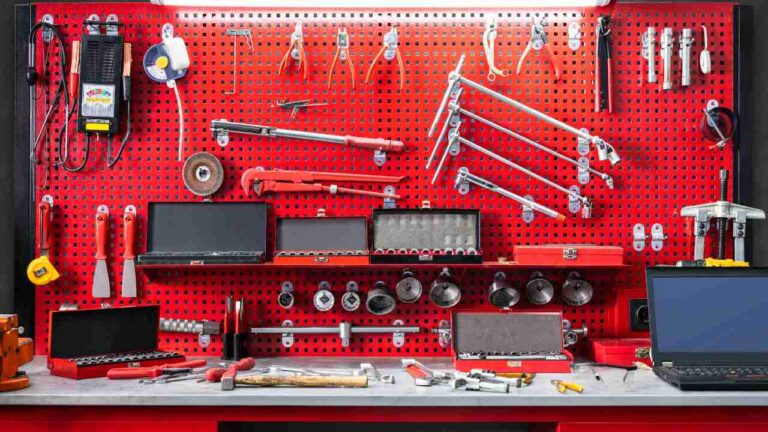LED warning lights offer a visual signal to warn individuals of any hazard in a specific setting or application. When there is a danger or an emergency, a vehicle’s LED warning light makes them more noticeable and draws attention to them.
The dependability, low energy consumption, longevity, and capacity to tolerate harsh environments are some characteristics that make LED lamps excellent for use as warning lights. Furthermore, due to their small size, designers can create them in a number of configurations to meet a wide range of application requirements. Surface mounting and flush mounting are the two most popular ways to install lighting.
Where are LED warning lights used?
Typically, and more affordably than those for mining and similar purposes, LED warning lights are used indoors.
The severe conditions in some areas need the LED lights to have robust, transparent casings that can survive the debris without affecting the fixture’s performance. The housing must also be water and dust safe for use in outdoor and severe environments.
High-power bulbs and a die-cast alloy casing are options for surface-mounted LED warning lights to improve heat dissipation and cooling. These are appropriate for uses that call for high brightness levels.
Designing LED warning lights
LED warning lights are built and designed differently depending on the location and use. A single LED will appear in applications when the warning is for those nearby, like a live electrical connection.
However, the LED warning lights on cell towers and other obstructions are larger and brighter so that pilots can see them from a distance and alter their flight paths. Indoor LED warning lights are typically different and less expensive than those used in mining and other comparable applications.
Types of LED warning lights commonly used
A warning light’s type, design, and construction are determined by its intended use and the environmental factors present. Because of this, selecting a warning light for interior use will be different than choosing one for an outdoor application. The following is a list of typical lights, each with a different design and set of uses.
- Emergency LED lights
- Aviation caution lights
- Warning lights for aviation obstructions
- Helipad Lighting
You can get these LED warning lights from Feniex Industries. Feniex Lights is a top producer of high-quality LED lighting solutions for emergency vehicles, industrial applications, and more. In the most challenging conditions, their products are created to deliver exceptional performance and dependability.
Feniex provides a comprehensive selection of LED lights, such as interior lighting, scene lights, warning lights, and more. Their products are covered by a lifetime warranty and created to the highest performance and safety standards. Additionally, they provide customized lighting options for special applications.
Benefits of LED warning lights
For both everyday use and emergencies, LED lights have many advantages. The following are a few aspects that qualify LEDs as warning lights.
- Low power usage and instant on
The LED lights come on right away. This is crucial when the LED needs to turn on right away or when it is flashing. Since no warm-up period is required, the lamp may instantly offer light without creating any risk. Additionally, since the lamps are only on for a brief period, the flashing is more visible and conserves electricity. This lowers operating expenses while extending the life of the bulbs by reducing energy consumption and heat dissipation.
Furthermore, LED lighting is typically energy-efficient, which is advantageous if you keep the lights on all day and all night. The lamps can significantly reduce electricity usage due to their low power requirements and flashing capabilities.
- Small size
LED lights may be placed practically anywhere due to their small size. Strips, strings, or single LED bulbs can all be used in small places. Multiple LED bulbs may be used as aircraft runaway or tower warning lights to generate a brighter light output visible at a distance in all lighting conditions.
- Simple to control
The LED lights are incredibly simple to turn on and off, allowing for the creation of any bespoke design. Solid-state electronics, which are efficient and silent, must be used for this. The control can be used to create a specific pattern that best suits the application, conserve energy, extend the lifespan of the LED bulb, or switch it on or off based on the environment.
- Numerous color options
For the proper warning, these come in a variety of colors. The advantage of being tiny and not requiring additional wiring is especially true of multicolor LED lamps. The various colors each have their own meaning, depending on the application. Red indicates danger, for instance, and drivers should wait at traffic signals. When the light is green, it is okay to move forward; however, when it is amber, it is either becoming dangerous or safe to move forward.
- Reliable and steady operation
LED bulbs function effectively, consistently, and steadily. According to the settings, the LED lights don’t flicker and generate a consistent output, so there’s no chance of confusion or false warnings.
- Long lifespan and robust construction
A robust lamp lowers maintenance and replacement expenses because these lights are positioned in challenging places since there are fewer replacements, fewer hazards, lower insurance expenses, and lower equipment costs because technicians won’t have to climb up perilous structures to reach the lights.
Additionally, LED bulbs are perfect for practically any location due to their robust nature. The majority of warning lights are placed outside, where they must survive shocks, vibrations, powerful winds, corrosive environments, and other challenging circumstances.
- Operating over a broad temperature range
The performance of the LED bulbs is unaffected by a wide temperature range, from -30°C to +70°C. In addition, although working throughout the day, they do not produce a lot of heat and do not need additional cooling.
- Brightness
Compared to traditional bulbs, LED warning lights are significantly brighter and offer greater visibility. Because of this, they are excellent for usage in dire circumstances where visibility is crucial.
- Durability
Traditional bulbs are far more brittle than LED warning lights, making them more prone to fail or sustain damage in an accident. They are therefore perfect for use in risky areas.







